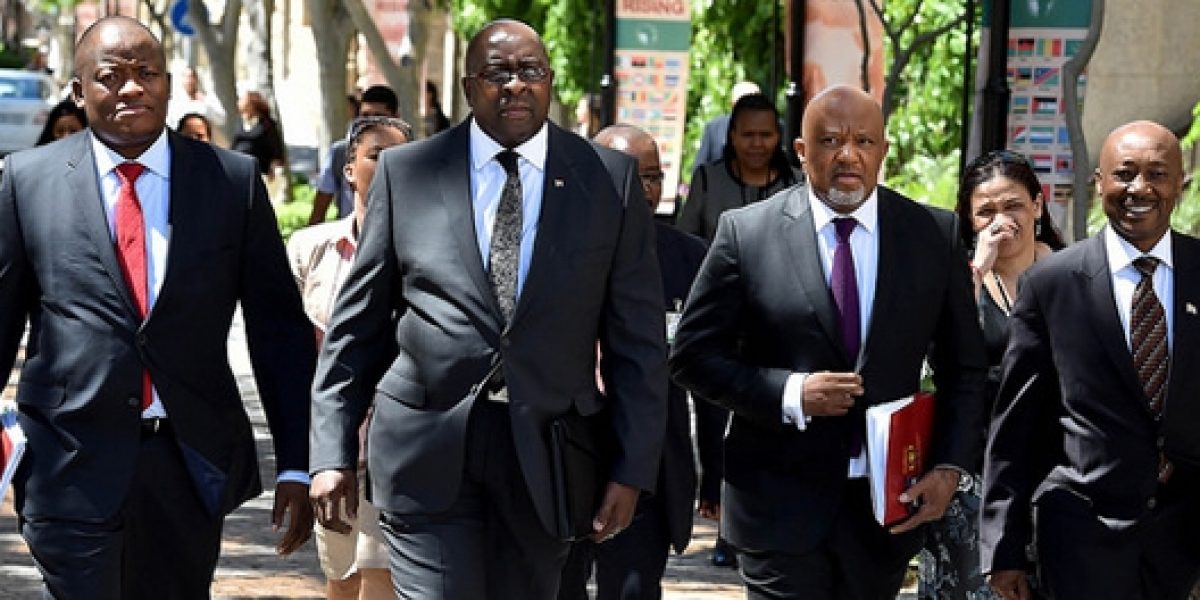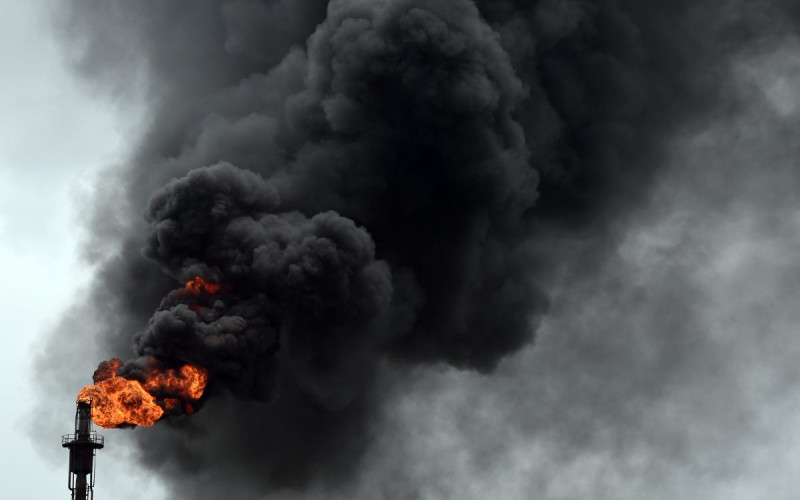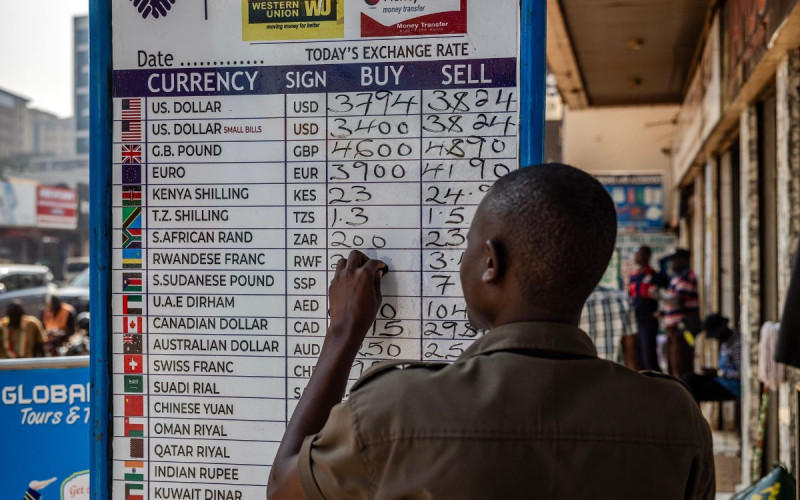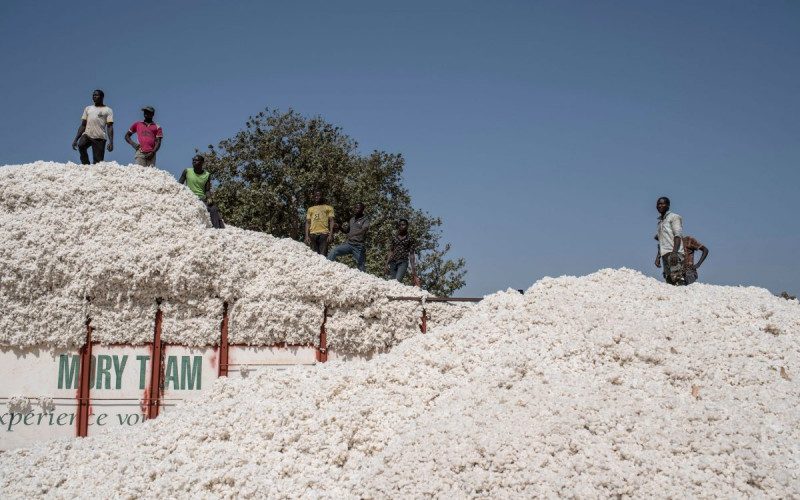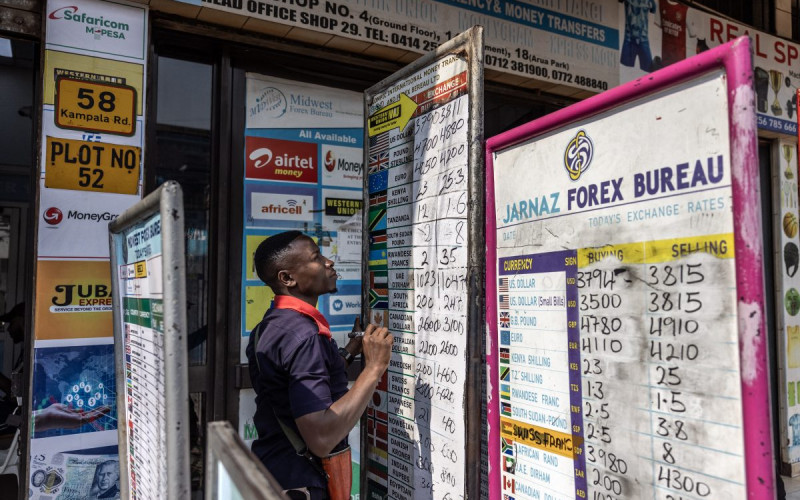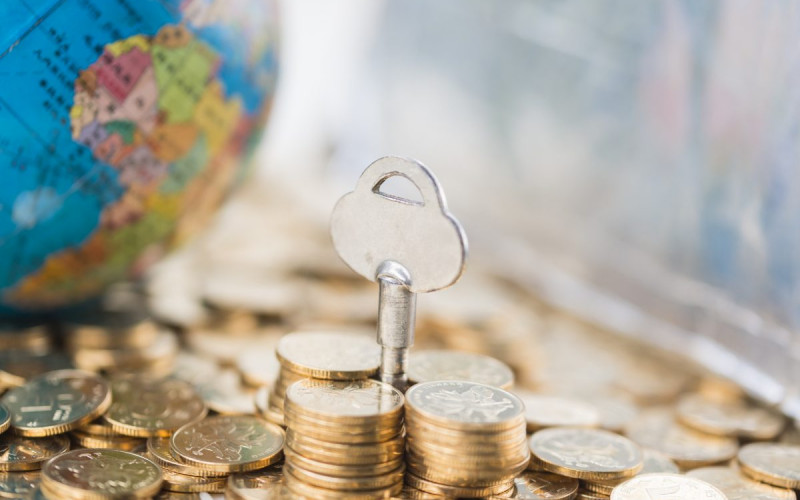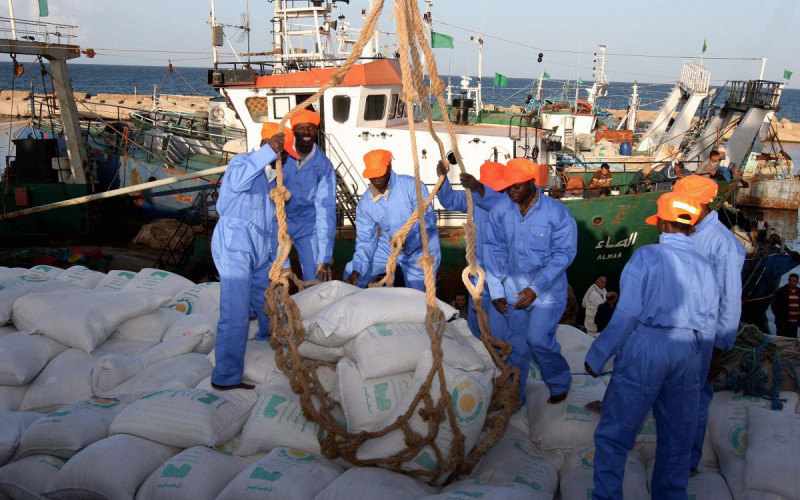Hyperbole? Maybe, but the theatrical ‘worlds colliding’ allusion is not so farfetched.
‘Dark force’ elements, in the form of lower than anticipated global and national economic growth, high unemployment, high inequality, an inflated public sector, a devalued currency, and bloated and sluggish state-owned enterprises (SOEs), are seemingly hurtling (or limping, as the case may be) towards ‘Planet South Africa’. Added to these threats is a new rebel class, not seen since the late 1980s, the protesting student with a meaningful cause, that of the tertiary education funding crisis.
Before the confrontation between students and the riot police outside the National Assembly, Minister Nhanhla Nene tabled his Medium Term Budget Policy Statement (MTBPS) 2015.
The Minister focused on the country’s electricity constraints, low business confidence and weak domestic demand. Minister Nene also explained how the South African policy position has been to reduce spending limits through an expenditure ceiling, and to adjust the tax rate in order to stabilise the growth of public debt. The Davis Tax Commission has not only been charged with considering the role and effect of corporate incentives in assessing the efficacy of South Africa’s tax regime, but also profit shifting and the misuse of transfer pricing; mining taxation; small business taxation and value added tax; as well as estate duty and the possible repercussions of a wealth tax.
From the Technical Annexure to the MTBPS document, tax revenue in 2014/2015 was R986.3 billion – R7.3 billion higher than the 2015 budget target largely attributable to strong growth in personal income tax. Estimates in 2015/2016 have been adjusted downward from R1.08 trillion to R1.07 trillion in 2015/2016, largely due to contractions in the mining and manufacturing sectors. Estimates for 2016/2017 are currently at R1.16 trillion; R1.27 trillion in 2017/2018 and R1.4 trillion in 2018/2019.
The ratio of gross government debt to GDP is currently a worrying 47% and is expected to rise to 49.4% by 2018/2019. In its September Quarterly Review, the Bank of International Settlements released information on 14 emerging economies, showing that South Africa had accumulated the highest government debt in the group since the end of 2007 at the onset of the global economic crisis. Government debt will rise to about R600 billion by 2018/2019. It will be important that national government, the provinces and local government are seen to be managing their debt in order to stave off another ratings agency downgrade. A junk status rating will have long-lasting and severe negative consequences for South Africa.
Overall, spending over the Medium Term Expenditure Framework period totals R4.7 trillion, of which a large proportion goes towards social spending. An increase in spending on social grants is envisioned with an expected growth in the number of grant beneficiaries. Another major cost is the rising public sector salaries and benefits bill which increased by 10.1% in 2015. The Minister noted this increasing cost with concern. However, the most rapidly rising cost remains the servicing of government debt anticipated to grow at an average of 10.9% in the medium term.
The Finance Ministry’s growth prospects have followed the IMF’s downward adjustment for 2015/2016 to 1.5% (where the IMF has estimated 1.4%) and 1.7% for 2016/2017 (where the IMF has been more optimistic with a 2.3% growth estimate). These are lower than the projections presented in his budget speech in February for the current financial year and for 2016/2017 – when estimates were 2% and 2.4% respectively.
Over the next three years, Treasury has earmarked R130 billion towards roads and public transport, R55 billion towards water infrastructure, R60 billion towards housing, R43 billion towards school infrastructure, R11 billion towards tertiary education capital expenditure, R20 billion towards electrification for poor households, and over R400 billion has been set aside for infrastructure development of SOEs.
From the MTBPS, government expects the sale of its Vodacom shares to yield R25.4 billion of which R23 billion is set aside for the recapitalisation of Eskom. R2 billion of the share sale yield is intended to be used for the country’s initial capital contribution to the New Development Bank which is being established for investment into sustainable infrastructure projects in the BRICS and other developing countries. Only 20% of the $10 billion contribution each by BRICS members needs to paid up front, with the remaining 80% to be ‘on call’ when required.
The MTBPS reports on the progress in the Renewable Energy Independent Power Producer Programme – currently representing R193 billion in private sector investment and adding 6 327 MW of capacity to the national electricity grid in one of the government’s most successful policy interventions involving the private sector. The long-awaited Medupi power plant has finally come on-stream, at least partially, and has added 800 MW to the grid, helping to address the critical electricity shortages in the country. However, private investment remains low and the need to introduce innovations and improvements to modernise our technology is imperative to have a competitive look-in within the global economy.
Government has further committed to revising the Integrated Resource Plan which sets out the country’s proposed energy mix, recently updated from 2030 to 2050. The nuclear option is still very much on the table with Treasury and the Department of Energy undertaking a cost-benefit analysis for the construction of additional nuclear stations, with R200 million being apportioned for ‘preparatory work for nuclear procurement’.
As part of its commitment to regional integration, the government will sponsor a project preparation facility for the Southern African Development Community, managed by the Development Bank of Southern Africa. Feasibility studies are being commissioned for South Africa and Zimbabwe to tap into Mozambique’s hydropower capacity. In addition, the rail project aiming to link Zambia, Angola and the Democratic Republic of Congo is also being assessed.
Some critics hold the view that significant issues were dealt with by the Minister somewhat glibly, with the primary focus more on the numbers, rather than on what these numbers imply. However, as part of his prelude, Minister Nene reminded his audience that the MTBPS represents the more quantifiable instruments to assess the level of economic transformation. He continued, pointing out that ‘quality of service and integrity of engagement’ were indeed the more significant forces for socio-economic change.
No doubt, all stakeholders will do well to remember this important message – whether in respect of ongoing service delivery; in trying to attract private investment; and crucially in discussions on Friday between the President, the academic leadership of South Africa and the students to bring this important campaign to a peaceful and satisfactory resolution. The absence of a rational and measured debate on how to ensure ‘quality of service’ supported by ‘integrity of engagement’ might indeed be the death star that heralds the end of the good fight against poverty and inequality in South Africa at a time when cool heads and far-sighted action are required.

